罪德其樂
Sin is a pleasure
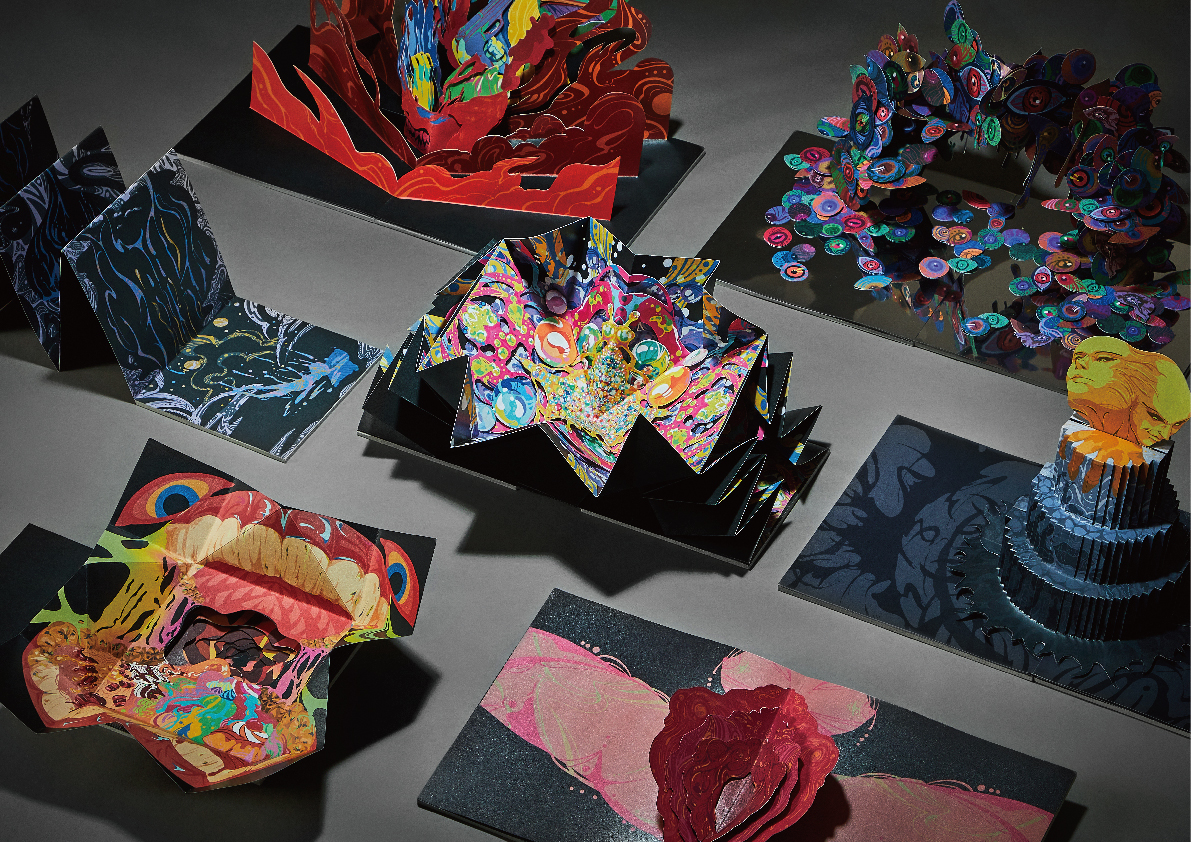
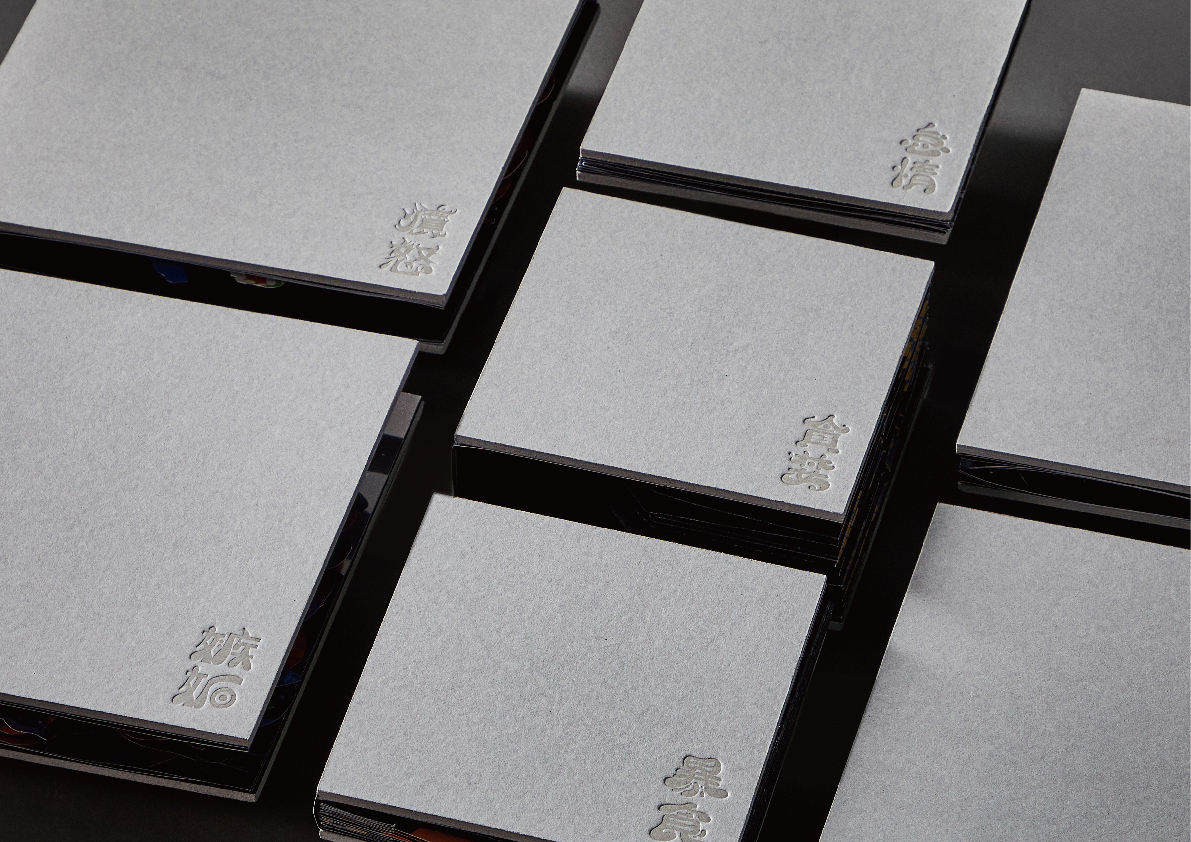
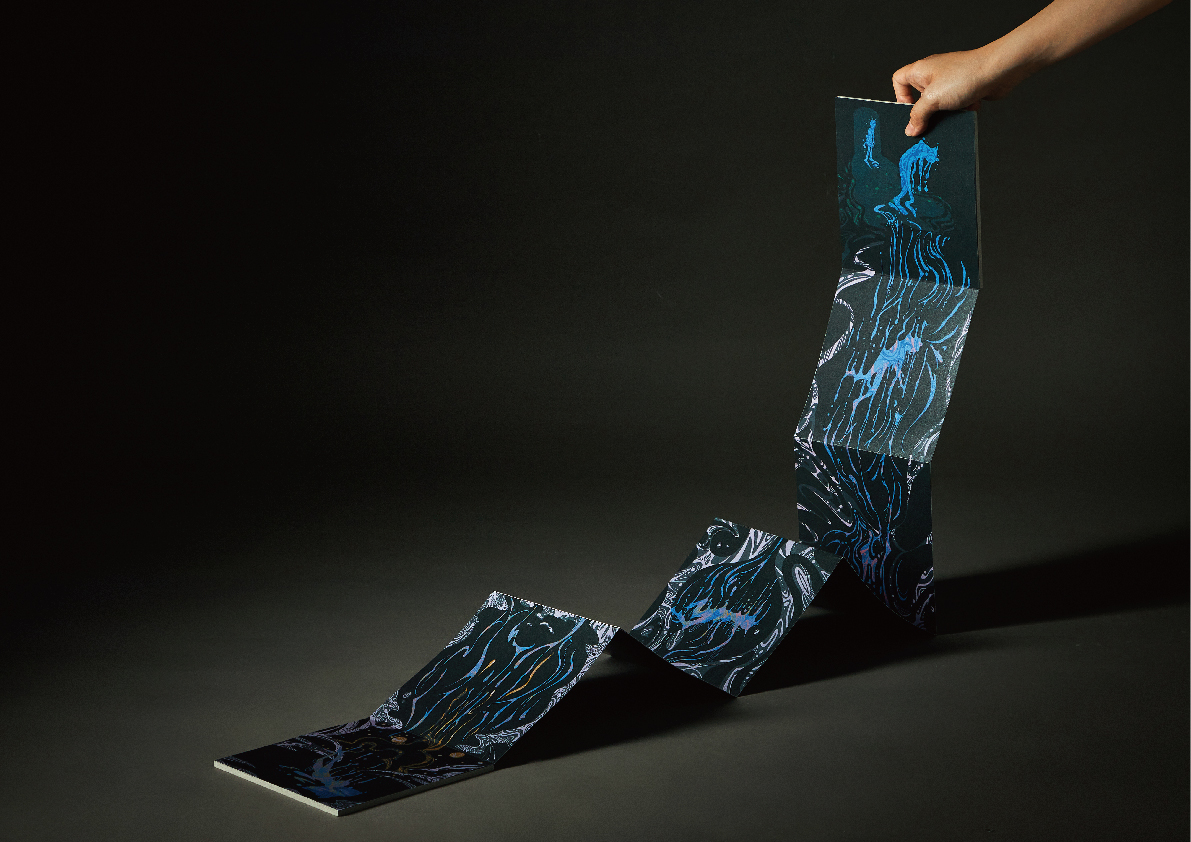
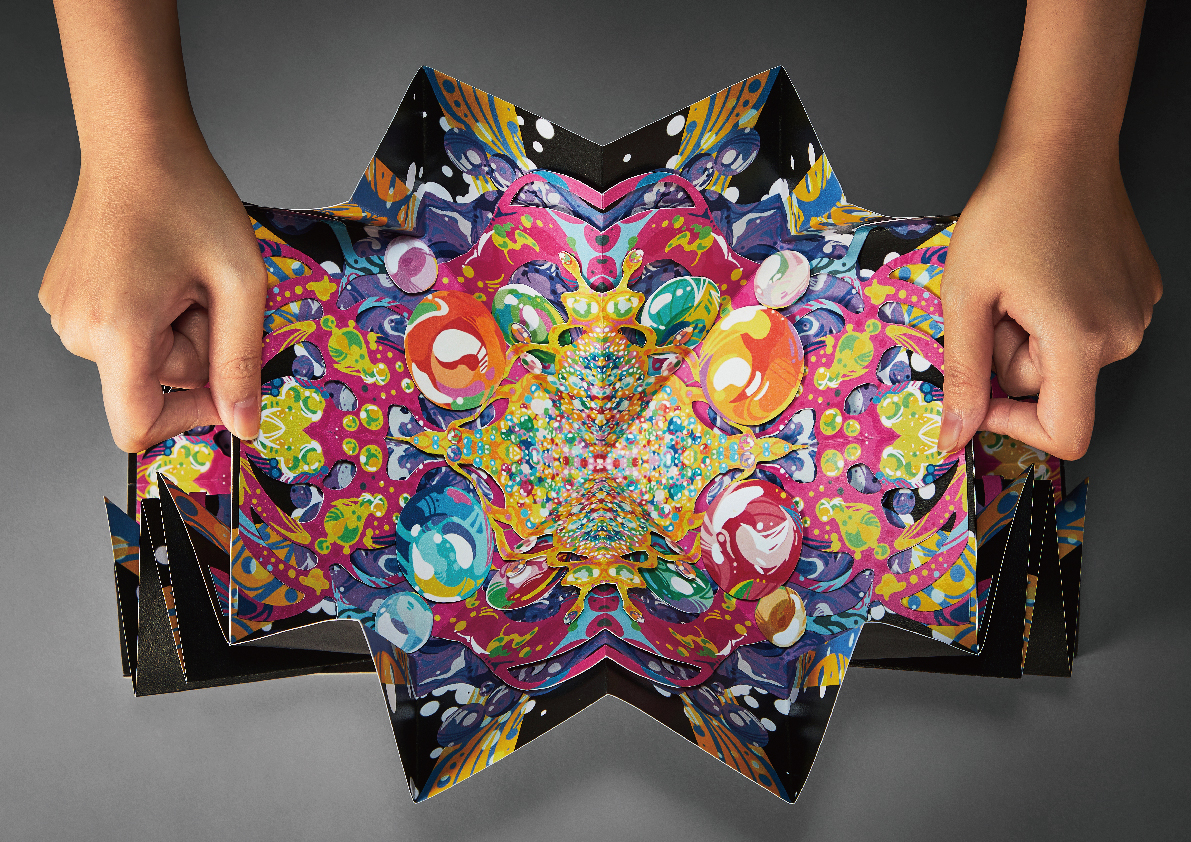
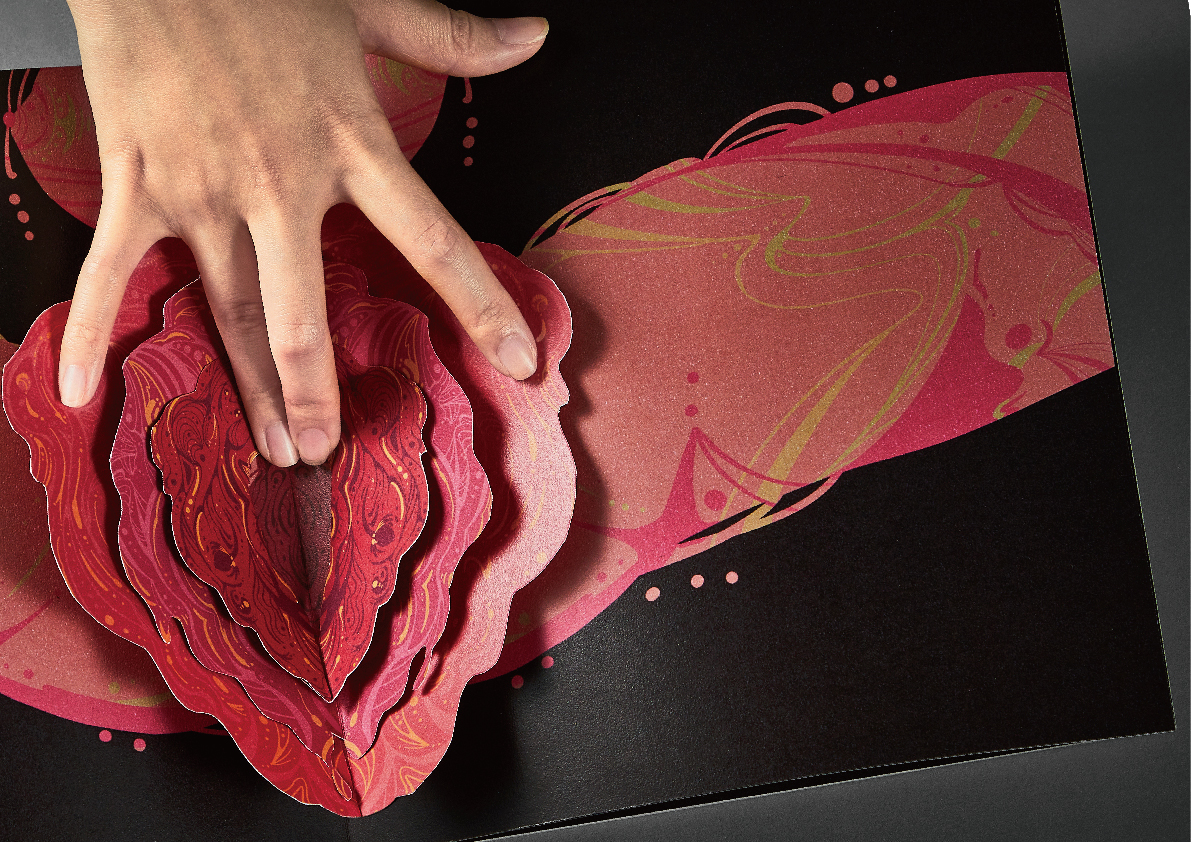
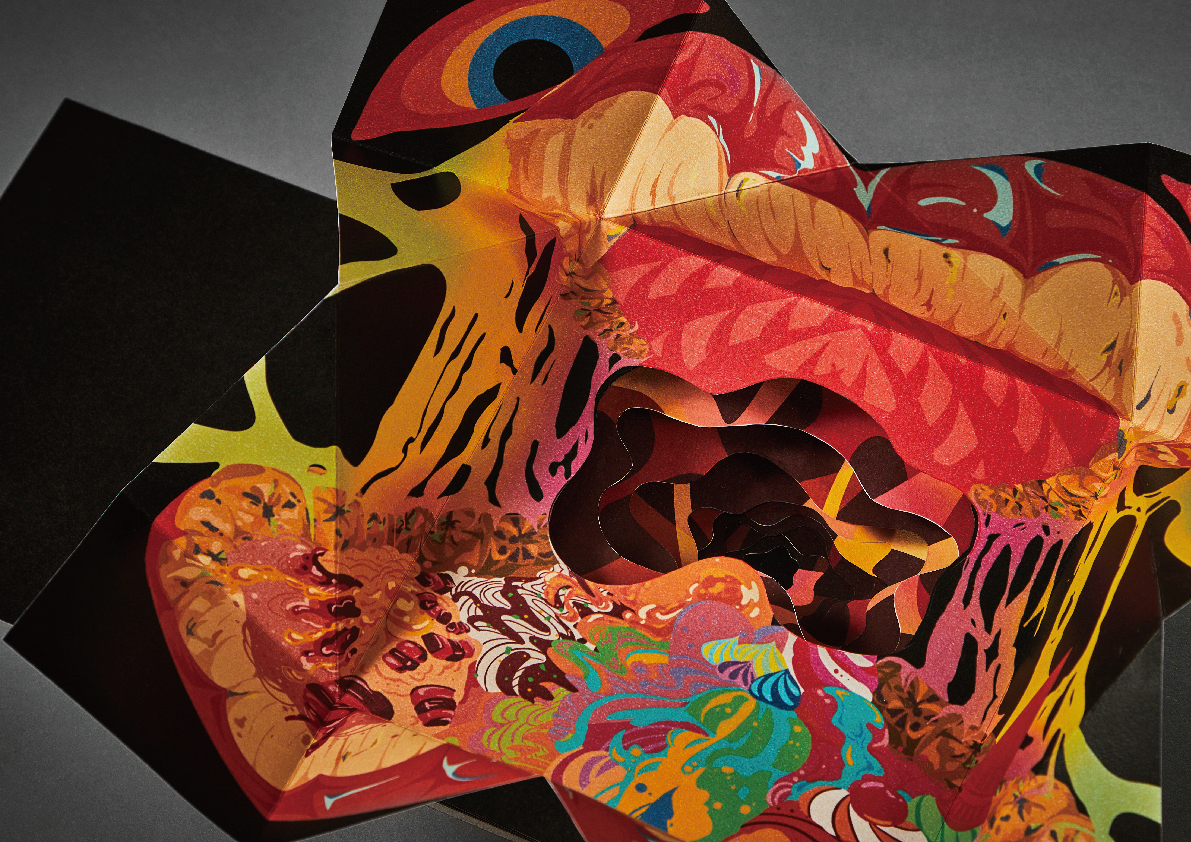
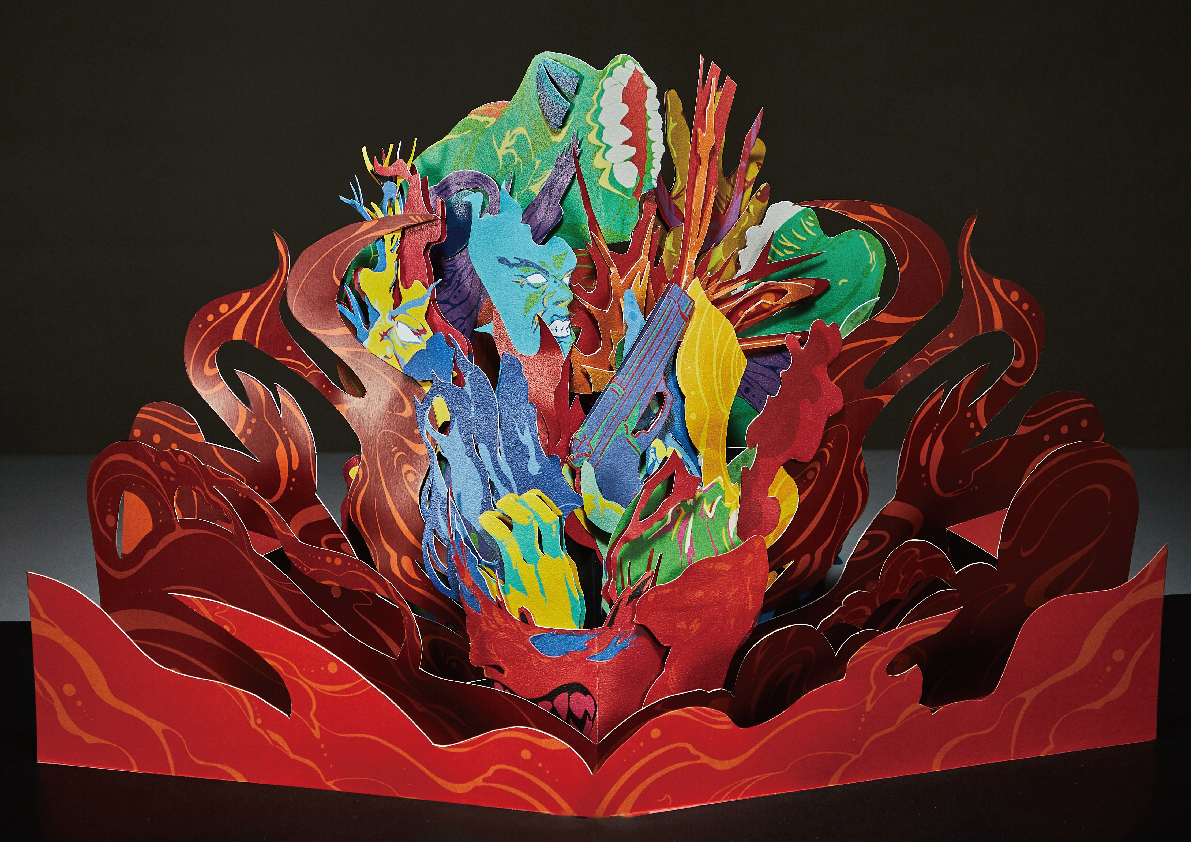
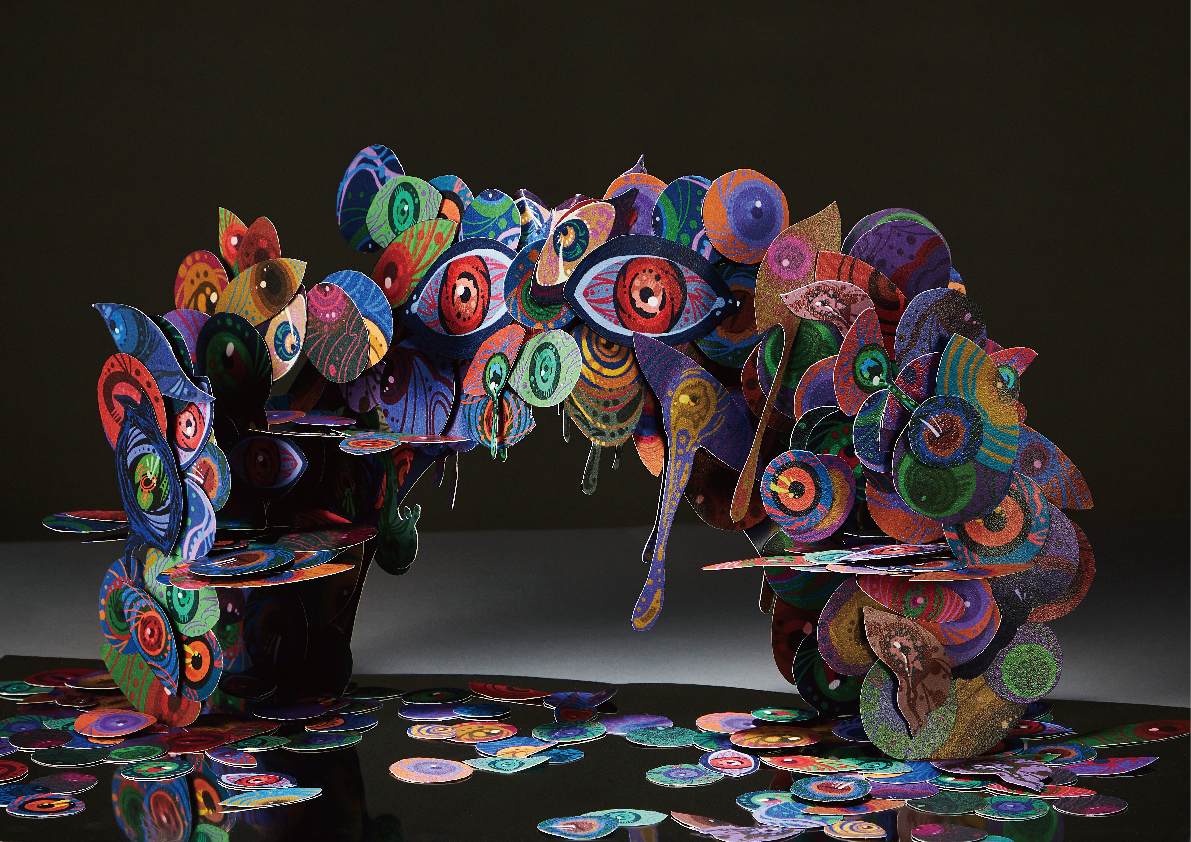
透過插畫與結構設計的融合,創造一種嶄新的敘事方式,使閱讀者不僅能理解七大罪的抽象概念,更能在翻閱過程中體驗其帶來的情感衝擊與內在啟發。七大罪是廣為人知且具代表的道德框架,透過視覺藝術將抽象道德概念具象化,不僅是理性上能理解,也能從感性與視覺上有所感觸,體驗這些抽象概念具象化的呈現,讓閱讀者進入不僅用眼睛閱讀,更用心靈感受的插畫結構書。這是場關於人性與道德的藝術旅程,透過立體結構與精緻插畫,將抽象的「七罪」具象化為七本可視可感的作品,每本書透過獨特的結構與插畫設計,展現各種慾望與罪狀,讓閱讀者在翻閱過程中,感受罪惡的形態及隱藏其後的慾望,透過雙手翻閱,深刻體會罪惡的形態和背後內心的慾望。這不僅僅是閱讀的過程,更是一次深刻的內心探索,打破理性與感性的界線,雙手翻閱間,不僅閱讀罪的故事,也在觸碰自己的內心的道德觀。如:在憤怒書籍中,運用向上的結構與鮮明配色像閱讀者傳遞內心壓抑爆發的視覺衝擊,怠惰書籍中,把「墜落」具象化來表現沉淪和無力感,隱喻怠惰的停滯與下滑,每本書籍都融入其背後的內涵,表現罪狀鮮明的內心慾望。
當文字無法充分表達時,透過翻閱、觸碰,罪的張力就藏在每張插畫裡,融入於結構之間。
Sin is a pleasure
By merging illustration and structural design, this project creates an innovative narrative approach that allows readers not only to understand the abstract concept of the Seven Deadly Sins but also to experience the emotional impact and inner revelation they bring during the reading process.
The Seven Deadly Sins are a well-known and representative moral framework. Through visual art, these abstract moral concepts are given tangible form, enabling readers to comprehend them not only rationally but also emotionally and visually, immersing themselves in the manifestation of these abstract ideas.
This illustrated structural book invites readers to go beyond reading with their eyes and instead engage with their hearts and minds.
It is an artistic journey exploring human nature and morality. By integrating three-dimensional structures with intricate illustrations, the abstract "Seven Sins" are transformed into seven visually and tangibly immersive books. Each book, through its unique structure and illustration design, presents different desires and sins, allowing readers to perceive the forms of sin and the hidden desires behind them. By turning the pages with their hands, readers deeply experience the nature of sin and the underlying human longing.
This is not merely a reading experience but a profound inner exploration that breaks the boundary between reason and emotion. As readers turn each page, they are not only reading about sin but also confronting their own moral beliefs.
For example, in the book representing Wrath, an upward structural design and striking color palette convey the visual tension of suppressed emotions exploding. In the book on Sloth, the concept of "falling" is visualized to represent descent and powerlessness, symbolizing stagnation and decline. Each book integrates its underlying meaning, vividly portraying the inner desires associated with each sin.
When words alone cannot fully express an idea, the act of flipping through and touching the book allows the tension of sin to be embedded within every illustration and interwoven into its structure.
崑山科技大學 視覺傳達設計系
(四年級)
梁善茹
崑山科技大學 視覺傳達設計系
(四年級)
蔡昀庭
崑山科技大學 視覺傳達設計系
(四年級) 指導老師 曾薰誼